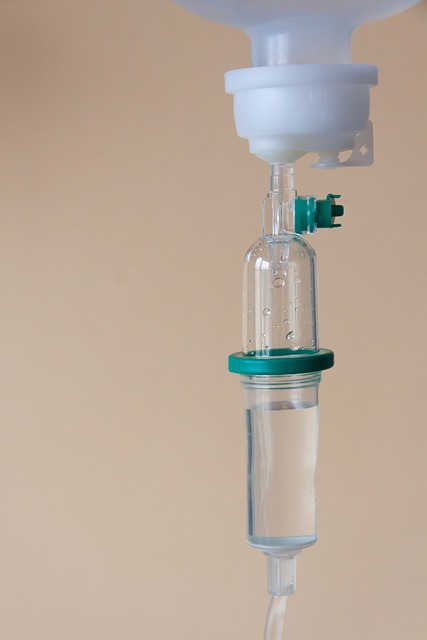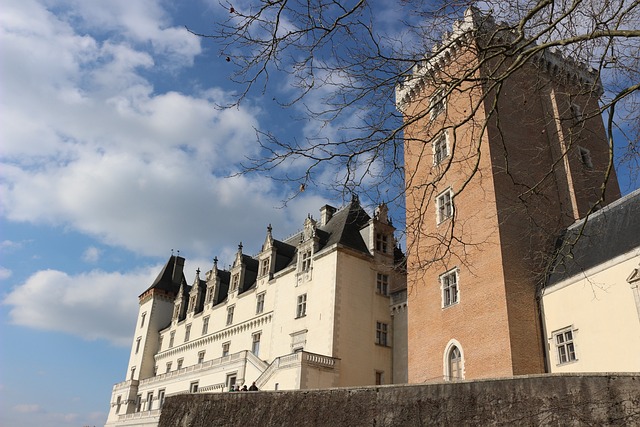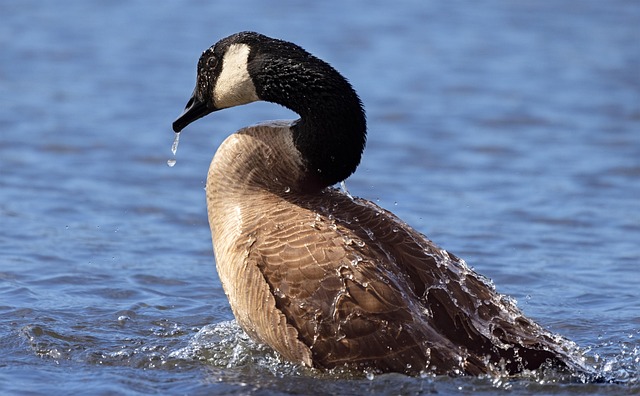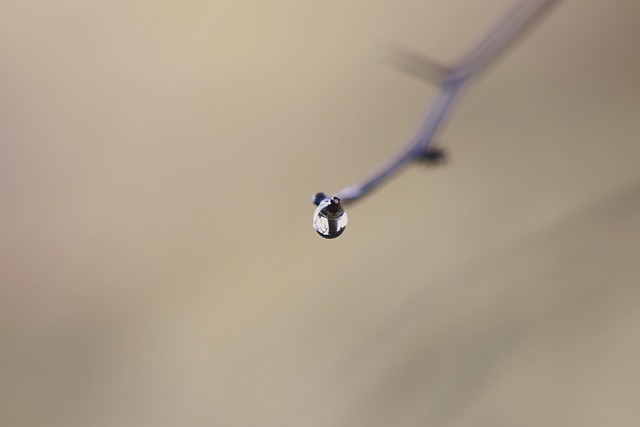Lake Oswego, Oregon, faces water quality challenges primarily due to elevated summer ozone levels stemming from nearby industrial sites and dense population. The RegeneratePDX offers a cutting-edge solution by employing a multi-step ozone purification process that breaks down pollutants into harmless compounds. This personalized protocol significantly improves water clarity, reduces contamination, and enhances the lake's ecosystem, fostering a healthier environment for both aquatic life and recreational activities. By targeting specific issues like algal blooms, this advanced approach ensures long-term sustainability, showcasing its effectiveness through remarkable local results.
“Uncovering the secrets to revitalizing Lake Oswego, Oregon’s aquatic ecosystem, we explore the transformative power of a personalized 10-pass ozone treatment protocol. This innovative approach tackles the complex water quality issues plaguing the lake, offering a tailored solution for optimal results. From understanding the science behind ozone therapy to witnessing its real-world impact, this article delves into the benefits and future prospects of this game-changing 10 Pass Ozone Treatment in Lake Oswego OR.”
- Understanding Lake Oswego's Water Quality Issues
- The Science Behind Ozone Treatment: A 10-Pass Protocol
- Benefits of Personalized Ozone Protocols for Lakes
- Implementation and Results: Case Study of Lake Oswego OR
- Future Perspectives: Sustaining Healthy Water Ecosystems
Understanding Lake Oswego's Water Quality Issues

Lake Oswego, located in the beautiful Pacific Northwest region of Oregon, has faced persistent water quality challenges that have sparked concern among residents and environmental advocates. One prominent issue is the presence of elevated ozone levels, particularly during the summer months. This problem is not unique to Lake Oswego; many urban areas struggle with ozone pollution, especially when warm weather conditions prevail. The 10 Pass Ozone Treatment Lake Oswego OR has emerged as a potential solution to this complex environmental dilemma.
The lake’s water quality issues stem from various factors, including its proximity to heavily populated areas and industrial sites. As the urban landscape expands, so does the risk of ozone pollution impacting nearby aquatic ecosystems. The 10 Pass Ozone Protocol is designed to combat this problem by implementing a series of targeted interventions. By focusing on specific treatment strategies, this approach aims to reduce ozone levels, thereby improving the overall health and sustainability of Lake Oswego’s delicate water system.
The Science Behind Ozone Treatment: A 10-Pass Protocol

The process of ozone treatment, particularly with a 10-pass protocol, involves utilizing ozonated water to sanitize and purify bodies of water like Lake Oswego in Oregon. Ozone (O3) is a powerful oxidizer that effectively breaks down pollutants, bacteria, viruses, and other harmful substances. In this method, ozone is generated on-site through an advanced oxidation process, where medical-grade oxygen is combined with electric current or ultraviolet light to produce it.
The 10-pass protocol refers to the number of times pure ozone gas is passed through the water body. Each pass enhances the purification effect by allowing ozone to react with organic compounds and contaminants in the water. This multi-step process ensures comprehensive sanitization, making it an effective solution for treating lake waters to improve water quality and public health. By employing a 10-pass system, Lake Oswego can benefit from enhanced clarity, reduced contamination, and a safer environment for both recreation and aquatic life.
Benefits of Personalized Ozone Protocols for Lakes

Implementing personalized 10-pass ozone protocols for lakes, like those in Lake Oswego, Oregon, offers numerous environmental and ecological advantages. This advanced water treatment approach goes beyond traditional methods by focusing on the unique needs of each lake. The 10-pass system ensures thorough oxygenation, breaking down pollutants and harmful substances into harmless components, thus improving water quality significantly. By tailoring the ozone treatment to specific lake conditions, such as size, depth, and existing contaminants, this protocol promotes a healthier aquatic ecosystem.
Personalized ozone protocols are effective in addressing various water quality issues, including algal blooms, which can deplete oxygen levels and harm fish populations. They also help reduce the presence of pharmaceuticals and personal care products, commonly known as micropollutants, that persist in water bodies. These protocols enhance the overall resilience of lakes, allowing them to better withstand environmental stresses and support diverse aquatic life. As a result, Lake Oswego can benefit from clearer waters, thriving wildlife, and a more sustainable ecosystem with personalized 10-pass ozone treatment.
Implementation and Results: Case Study of Lake Oswego OR

The implementation of a personalized 10-pass ozone protocol in Lake Oswego, Oregon, has yielded remarkable results in water quality enhancement. This innovative approach involves multiple rounds of advanced ozone treatment over a specific period to target and eliminate contaminants effectively. By employing this method, local authorities have witnessed significant improvements in the lake’s overall health.
The case study of Lake Oswego highlights the success of this strategy. The 10-pass ozone treatment was designed to address specific water quality issues, including algal blooms and elevated nutrient levels. Through careful monitoring and precise application, the protocol successfully reduced harmful pollutants, leading to a more balanced ecosystem. This approach ensures that each pass enhances the water’s purity, making it a game-changer for maintaining Lake Oswego’s pristine condition and fostering its vibrant aquatic environment.
Future Perspectives: Sustaining Healthy Water Ecosystems

In the future, as we continue to navigate environmental challenges, maintaining healthy water ecosystems becomes increasingly vital. The 10 Pass Ozone Treatment in Lake Oswego, OR, offers a promising approach to preserving and enhancing aquatic habitats. By utilizing advanced oxidation processes, this protocol can effectively target and eliminate pollutants, ensuring the long-term sustainability of local waterways. With further research and implementation, we may uncover innovative ways to integrate these treatments into existing water management strategies, fostering a more harmonious relationship between human activities and natural ecosystems.
Imagine a future where lakes and rivers not only meet the needs of communities but also thrive with diverse biodiversity. Through continuous monitoring and adaptation, the 10 Pass Ozone method can contribute to the overall health and resilience of these ecosystems. As we strive for a balance between development and environmental conservation, such treatments may become integral tools in our quest to protect and preserve the natural beauty and ecological balance of our waterways.
The implementation of personalized 10-pass ozone protocols in Lake Oswego, OR, has proven to be a game-changer for water quality management. By employing advanced ozone treatment techniques, the community has successfully addressed the lake’s unique challenges, fostering a healthier and more vibrant aquatic ecosystem. This case study highlights the significant benefits of tailored ozone protocols, demonstrating their potential to revolutionize water conservation efforts across similar bodies of water. With continued research and innovation, the future looks bright for sustaining pristine water environments, ensuring that Lake Oswego and others can thrive for generations to come.






